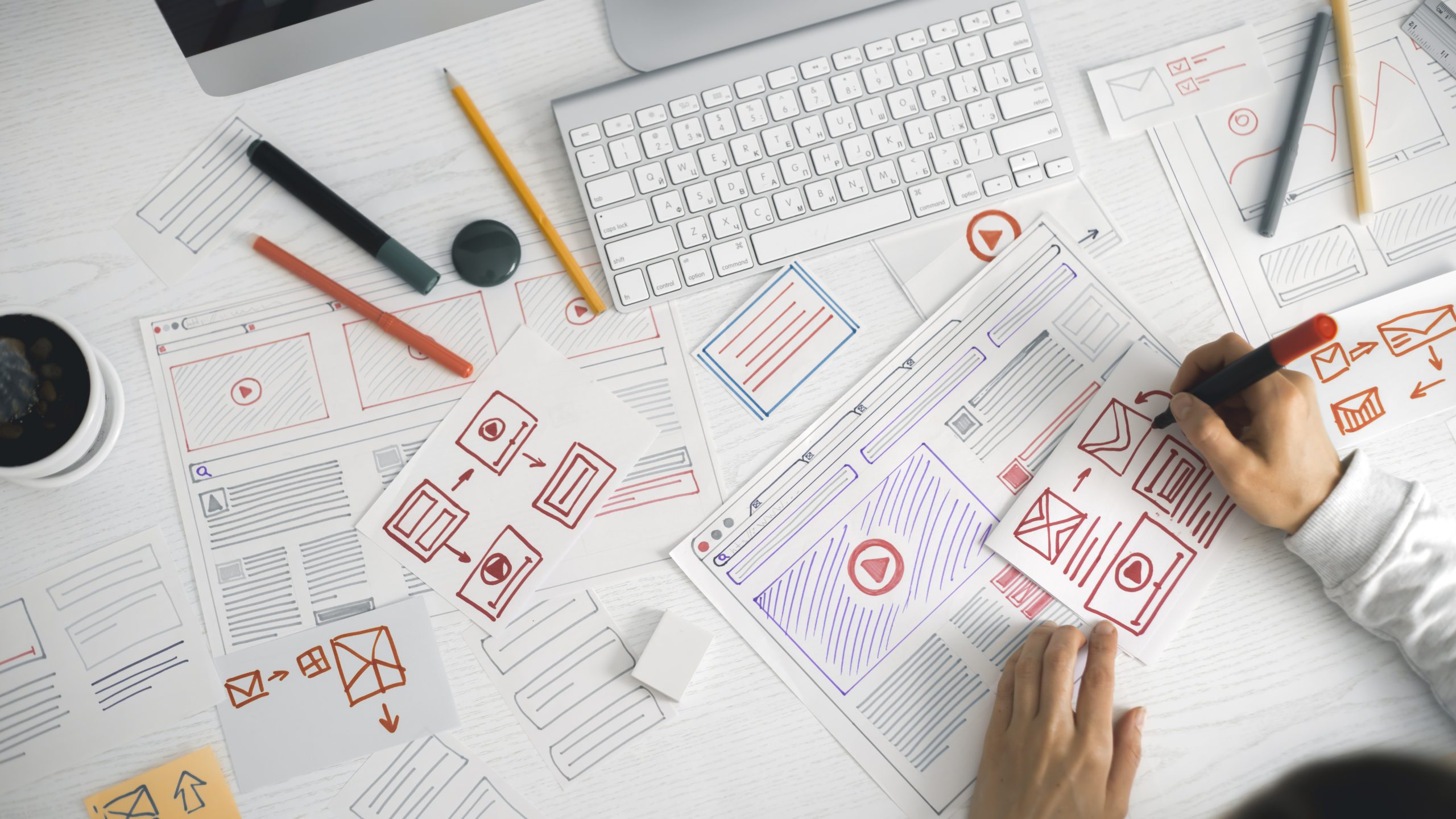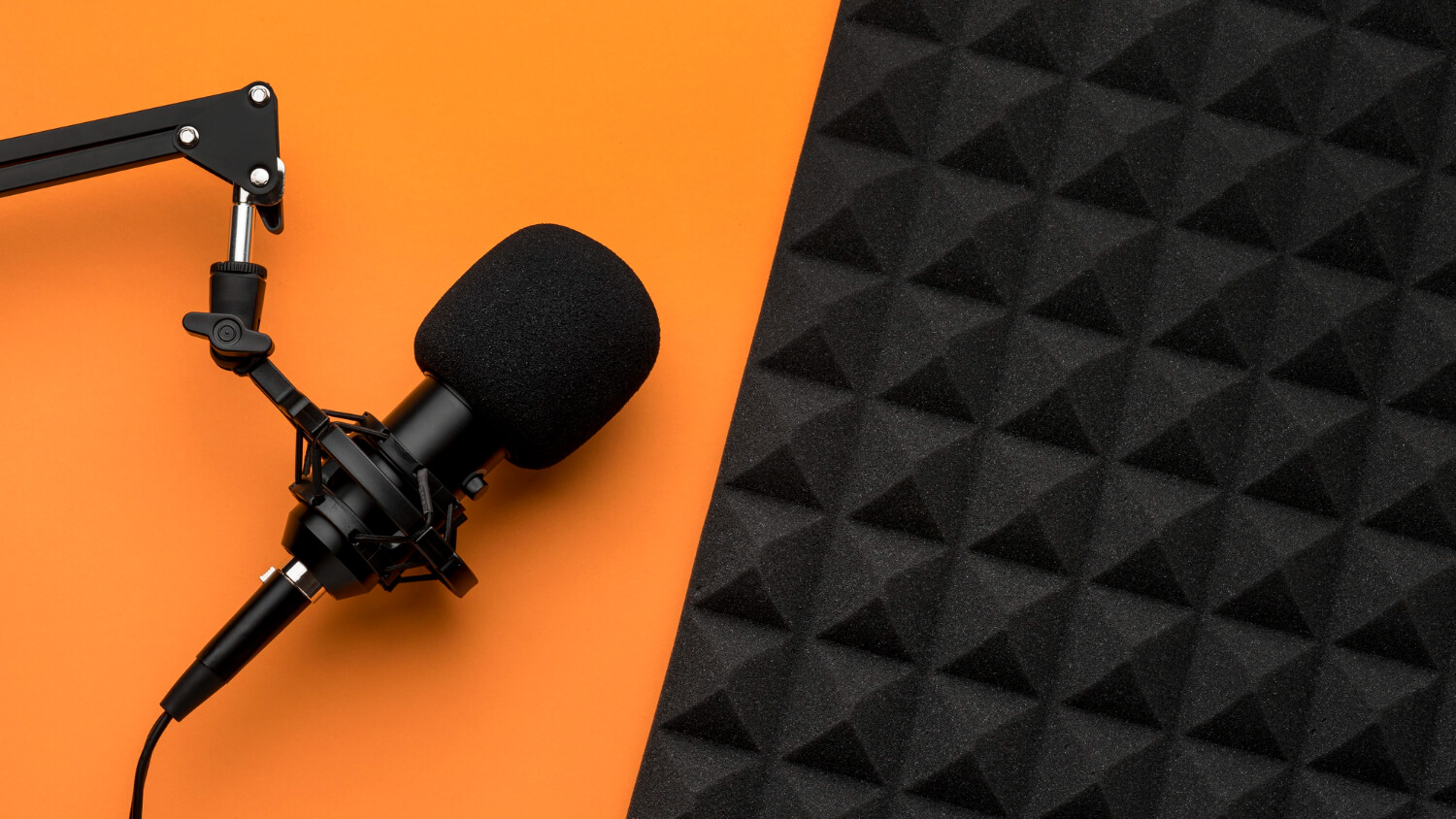The design field is a thriving industry in the digital age as brands struggle to present their messaging in visually captivating formats to attract audiences and stand out from competitors. Thus, the industry, worth $45 billion, is pivotal to brand success. Brands like Apple, Google, Facebook, Nike, and Amazon pay top dollar to designers to help put their ads in the best light or connect with audiences.
But here’s the catch: Designer’s don’t work alone, they work alongside other roles to help achieve their aims.
These roles like do not involve design itself and earn above the average design pay as you shall see in this article below on top roles in the deign industry where design skills are not required.
What does this mean for you? Have you been thinking about what other roles you can take apart from design? or wondering how you can upscale from just mere designing into something more comprehensive? Then this post is just for you.
Read below to discover the top 6 roles in the design field that don’t involve actual graphic design. Buckle up.
Top Roles that don’t require design in the design Industry
1.UX Design
Image Credit: Presfoto
UX design is the comprehensive process of understanding a user’s intent and the features that help them achieve it. User experience professionals differ from user interface designers; the former undertake actual research into users of web applications to understand their reasons for using a product while UI designers merely create these features e.g. sign up buttons, icons, fonts.
It’s the job of a UX designer for instance to determine what colors work best for an application catering to the elderly or one for a younger demography. It is more research-based and involves no single understanding of how to use design software.
The current pay for a UX designer in the U.S. is 25% percent more than a UI designer making it a highly profitable role in the design industry that doesn’t involve actual design itself.
Image Credit: neelstudio
Here are 6 qualities you should have to succeed amazingly in this role
- User-Centered Focus: UX designers prioritize the needs, goals, and preferences of users when crafting digital experiences. This focus ensures that the end product addresses real user problems and provides value.
- Empathy and Understanding: Successful UX designers cultivate empathy by stepping into users’ shoes, understanding their emotions, frustrations, and motivations. This deep understanding informs design choices that resonate with users on a personal level.
- Research and Analysis: UX designers conduct thorough user research, gathering insights through methods like surveys, interviews, and user testing. They analyze this data to uncover patterns, pain points, and opportunities for improvement.
- Problem-Solving Mindset: UX designers approach challenges as opportunities to innovate. They creatively tackle design problems, finding intuitive and user-friendly solutions that enhance the overall experience.
- Collaborative Team Player: Collaboration is key in UX design. Designers work closely with other team members, such as visual designers, developers, and product managers. Effective communication and teamwork lead to cohesive and well-rounded outcomes.
- Continuous Learning: The digital landscape evolves rapidly, and UX designers need to stay informed about the latest trends, tools, and technologies. Continuous learning ensures they remain relevant and capable of delivering optimal user experiences.
Considering the field of UX design? Then feast your eyes on our User centered prinicples, Transforming Websites with User-Centred Design and The Art of User Research in User-Centred Design are good places to start!
2.Art Director:
Image Credit: asifkhan07
Art directors are often skilled designers who transition into managers and, unlike UX designers, this special group understand the insides of Photoshop and other related tools and can easily determine what fonts to use.
Their role is multifaceted, encompassing envisioning the visual concept, guiding design direction, and making strategic decisions to align projects with intended messages and branding.. Their proficiency in design principles allows them to provide insightful guidance and critiques. As problem solvers, they navigate challenges with ingenuity, finding solutions that harmonize artistic and strategic objectives. Ultimately, art directors bring projects to life, transforming ideas into captivating visual narratives that resonate with audiences and leave lasting impressions.
An art director, however, no longer executes the design process but instead play an oversight role, giving feedback to designers or guiding them on visual requirements of a design project and how best to achieve them.
If you have these crucial qualities below then you are a great fit for an Art director role in the design industry
- Creative Visionary: Art directors provide the overarching creative vision, defining the visual style and mood of projects.
- Collaborative Leadership: They lead diverse teams, fostering a collaborative environment to achieve cohesive creative outcomes.
- Design Proficiency: Art directors possess a strong understanding of design principles, elevating visual elements to align with the project’s vision.
- Effective Communication: Clear communication with team members and clients ensures the creative vision is understood and realized.
- Problem-Solving Expertise: They address creative challenges with innovative solutions, maintaining artistic and strategic integrity.
- Client-Focused Perspective: Art directors understand client needs, ensuring the final product meets and exceeds expectations.
Art directors are broader in comparison to UX designers. They cover projects ranging from web design to graphic design for social media, prints, and even UI.
3. Project Managers:
Image Credit: DCstudio
A project manager is another top role in the design field that doesn’t involve actual design. Project managers are formally hired in agencies to manage tasks and ensure timelines are met.
However they are project managers outside the agency space. These individuals have access to clients requiring design services and outsource projects to designers for their own commission and serve as a – go – between. The difference, however, is that while those in agency roles are hired by agencies and work strictly with designers in an agency, project managers outside agencies work with several designers and are involved in the billing process.
You should have these qualities if you intend to work as a project manager in the design field
- Organizational Dynamo: Project managers keep projects on track by expertly managing timelines, resources, and tasks.
- Effective Communicator: They bridge the gap between designers, clients, and stakeholders, ensuring clear communication throughout.
- Adaptive Leadership: Project managers lead through change, adapting strategies to overcome challenges and drive success.
- Creative Collaboration: They facilitate collaboration among designers and cross-functional teams, harnessing diverse talents.
- Detail-Oriented Navigator: Project managers steer projects with meticulous attention to detail, ensuring quality and consistency.
- Problem-Solving Navigator: They navigate obstacles with resourceful problem-solving, ensuring projects reach their destination.
4.Account Managers
Image Credit: Pexels-Pixabay
Designers are great at visual thinking but not finance or accounting.
In the design field, it’s common to find agencies outsourcing the task of accounting for income and spending to skilled individuals who don’t actually design and care less about Photoshop’s 2023 update or AI tools for Web design. The main concern here is finance, plain and simple!
These professionals oversee the financial aspects of design projects, ensuring that budgets are managed, resources are allocated efficiently, and financial goals are met. Finance managers are essential for maintaining the financial health of design firms, studios, and agencies while supporting creative endeavors.
Heads up : Design services don’t have fixed prices says Adah an accountant working at a creative agency based in Lagos. Thus you often have to give new quotations based on the scope for work.
Here are 6 skills that make you a good fit for accounting in the design field.
- Financial Acumen: Proficiency in understanding and managing financial aspects of projects and budgets.
- Negotiation Skills: Ability to reach mutually beneficial agreements with clients, vendors, and team members.
- Organizational Skills: Expertise in structuring tasks, resources, and information for efficient project management.
- Time Management: Skill in prioritizing tasks and deadlines to ensure projects are completed on schedule.
- Analytical Thinking: Capacity to analyze data and situations to make informed decisions and solve complex problems.
- Communication Skills: Effective verbal and written communication to convey information, ideas, and expectations.
- Ethical Conduct: Upholding high moral standards and integrity in all professional interactions and decisions.
- Problem-Solving Abilities: Skill in identifying challenges and finding innovative solutions to ensure project success.
5. Copywriting
Image Credit : Chinarrach
Think design involves only shapes and colors? Think again! Designers depend on words to provide direction for their work. This task falls to creative copywriters who are masters at words and give directions to graphic designers based on these. Good copy, once given, enables the design phase go smoothly; the words are descriptive enough, and the execution becomes simple, says Ben Obot, a graphic designer of over 10 years.
Copywriters like Tobechukwu, apart from just delivering copies for visual design, play a supervisory role to ensure the brand messaging and goals of the agency he works in are consistent across social media and web.
” Everything starts with words, and I am responsible for what the designers first put out”
Do you have these amazing literary skills? You can join the design field too
- Writing Proficiency: Strong writing skills are essential for creating clear, engaging, and effective copy that communicates the intended message.
- Creativity: The ability to think creatively allows you to generate unique ideas and concepts that resonate with the audience and enhance the overall design.
- Adaptability: Being adaptable enables you to tailor your writing style to various projects, industries, and target audiences while maintaining a consistent brand voice.
- Collaboration: Effective collaboration with designers and other team members ensures that copy and design work seamlessly together to convey the desired message.
- Research Skills: Researching topics, products, or services helps you gather accurate information and insights that inform your copywriting.
- Understanding of Design: Having a basic understanding of design principles allows you to create copy that complements visual elements, ensuring a cohesive and harmonious end product.
- Storytelling: The skill of storytelling helps you create narratives that engage the audience, making your copy more relatable and impactful.
5. Design Tutor
Image Credit” Freepik
Ever heard of Fisayo Fosudo? The tech YouTuber with 400k subscribers? Ceasear Graphix or popular Logo designer Tobi otun? These guys all have one thing in common: They understand the art of design and share it as a career!
The Edtech sector is worth billions of dollars. People venture into this category to make a living based on their knowledge. You can make a living in this field too if you know what’s useful to others and can relate this well.
Designers with years of experience fall into this category, but you might also know a few things or make your design process known.
Your tools for this are blogging, video via YouTube or Podcast shows.
Here are skills you should have if you want to make a living off design as a tutor:
- Expertise in Design: Deep understanding of design principles and trends to provide accurate and up-to-date guidance.
- Effective Communication: Clear explanation of complex design concepts for a better learning experience.
- Patience: Guiding students through challenges and difficulties with a patient and supportive approach.
- Adaptability: Tailoring teaching methods to suit individual learning styles and needs.
- Empathy: Understanding students’ struggles and concerns to provide appropriate guidance.
- Problem-Solving: Assisting students in overcoming design challenges and fostering critical thinking skills.
Start Working in the Design Field Without Design Skills.
Image Credit: Kampus
Design is crucial to success in the 21st century. It’s nearly impossible to find emerging businesses where designers aren’t required. However, the presence of designers creates other roles, such as managing their activities, creating copies for them to work with, and accounting for the spending of creative services.
You can utilize the immense need for design services without being a designer yourself.
Sure, you’ve heard the famous phrase ” design website with no code” Well here’s one for the design industry ‘work in design without design”
Simply tap into the roles mentioned above to start working in the design field without any prior design knowledge.








